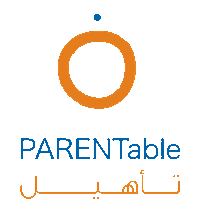Children’s experiences with literacy do not begin with formal reading and writing instruction at school. Most children experience the nature and functions of written language long before their first day in school through observing and participating in literacy activities in their homes. How can you foster your children’s literacy skills long before they go to school? You probably already do it all the time!
Tell them stories in your language!
Parents can tell stories during meals, bedtimes, walks, car rides, etc. Parents and children learn and laugh together as they tell stories. Through storytelling, children train their social, cognitive, emotional, and linguistic skills, for example, listening skills, vocabulary, grammar, yet also the understanding of stories/narratives. Telling stories of your family helps the children to develop a strong sense of self.
Read children’s books to your child
Reading to children is a fundamental element of the linguistic education. Exposure to books supports vocabulary acquisition because books typically contain more complex vocabulary than we use in everyday speech. Research also indicates that the frequency of parents' reading and the quality of reading influence the beginning of children's reading. Reading improves the rhyming abilities, the vocabulary, and, to a lesser extent, other cognitive abilities such as numeracy skills, too.
Sing with your children!
Music trains the so-called visual sequential memory, the ability to remember sounds and words long enough to understand what they mean. Songs can introduce new words. In and through rhymes, children acquire an idea of how languages work. Recognizing rhymes is a crucial step towards learning to write. Singing trains the motoric skills of children, yet it also creates strong bonds between adults and children.
Write with your children
Handwriting is an important skill, and writing the own name can enhance the child’s self-esteem. Yet, handwriting is a complex task and includes linguistic and fine motor skills, memory, and concentration. Handwriting usually starts with scribbling and drawing, then moves on to forming letters and words. Giving your child the possibility to draw, scribble, and write is very important. Teach them to write their name in your family language!

